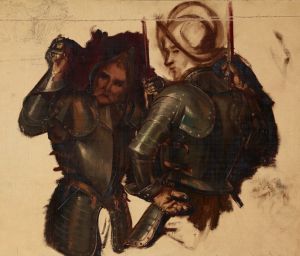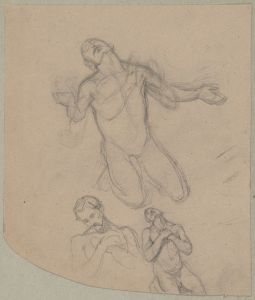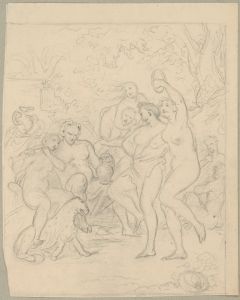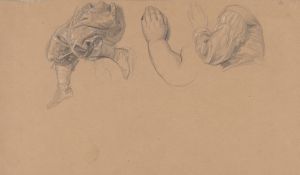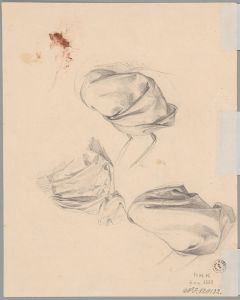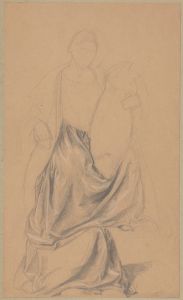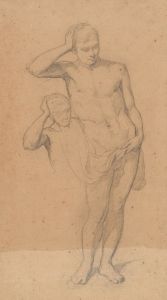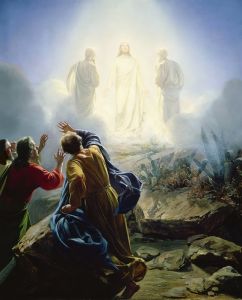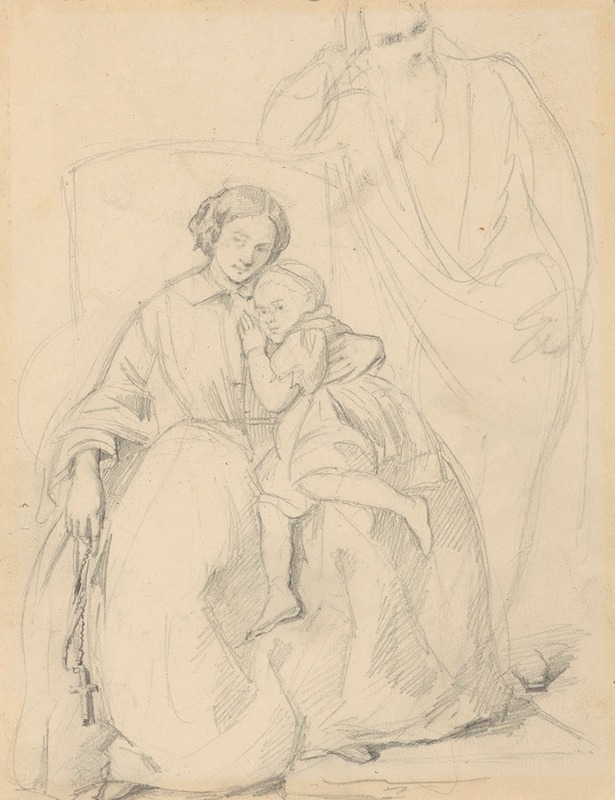
Sketch of Catherine Jagiellon with son Sigismund and John, Grand Duke of Finland, to the painting ‘Catherine Jagiellon in Gripsholm Prison’
A hand-painted replica of Józef Simmler’s masterpiece Sketch of Catherine Jagiellon with son Sigismund and John, Grand Duke of Finland, to the painting ‘Catherine Jagiellon in Gripsholm Prison’, meticulously crafted by professional artists to capture the true essence of the original. Each piece is created with museum-quality canvas and rare mineral pigments, carefully painted by experienced artists with delicate brushstrokes and rich, layered colors to perfectly recreate the texture of the original artwork. Unlike machine-printed reproductions, this hand-painted version brings the painting to life, infused with the artist’s emotions and skill in every stroke. Whether for personal collection or home decoration, it instantly elevates the artistic atmosphere of any space.
The painting "Sketch of Catherine Jagiellon with son Sigismund and John, Grand Duke of Finland, to the painting ‘Catherine Jagiellon in Gripsholm Prison’" is a preparatory work by the Polish painter Józef Simmler. Józef Simmler (1823–1868) was a prominent 19th-century artist known for his historical and portrait paintings, often depicting significant figures and events from Polish history. This sketch served as a study for Simmler’s larger and more detailed painting, "Catherine Jagiellon in Gripsholm Prison," which portrays a poignant moment in the life of Catherine Jagiellon, a member of the Polish-Lithuanian royal family.
Catherine Jagiellon (1526–1583) was the daughter of Sigismund I the Old, King of Poland and Grand Duke of Lithuania, and Bona Sforza, an Italian duchess. In 1562, she married John, Duke of Finland, who later became John III of Sweden. Their marriage was politically significant, as it represented an alliance between the Jagiellonian dynasty and the Swedish royal house. However, their union faced challenges when John was imprisoned by his half-brother, King Eric XIV of Sweden, due to political conflicts. Catherine voluntarily joined her husband in captivity at Gripsholm Castle, where they were held from 1563 to 1567.
During their imprisonment, Catherine gave birth to their son, Sigismund, in 1566. Sigismund would later become King of Poland and Grand Duke of Lithuania (as Sigismund III Vasa) and King of Sweden, playing a crucial role in the history of both nations. The time spent in Gripsholm Castle was marked by hardship, but Catherine’s resilience and devotion to her family became a symbol of strength and loyalty.
Simmler’s sketch captures the emotional essence of this historical episode, focusing on the bond between Catherine, her infant son, and her husband during their imprisonment. While the final painting emphasizes the dramatic and emotional aspects of their confinement, the sketch provides insight into Simmler’s artistic process and his attention to historical detail.
The painting and its preparatory works are significant not only for their artistic merit but also for their depiction of a key moment in the intertwined histories of Poland, Lithuania, and Sweden. Simmler’s work reflects the 19th-century Romantic interest in national history and the personal struggles of historical figures.





